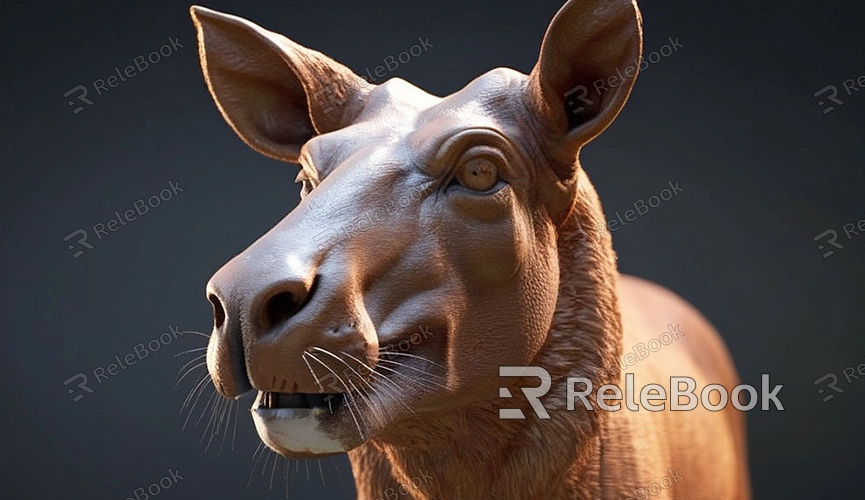How to Make a 3D Printer Model
In modern manufacturing and design fields, 3D printing technology is becoming increasingly popular. Through 3D printing, you can transform your creativity into reality, from simple decorations to intricate mechanical parts. This article will guide you through the process of making 3D printer models and share practical tips and resources to help you succeed in the realm of 3D printing.
Step One: Choose the Right Software
The first step in making a 3D printer model is selecting suitable 3D modeling software. Several excellent options are available on the market, including:
1. Blender: A powerful open-source 3D modeling software suitable for professional users.
2. Tinkercad: An online 3D modeling tool developed by Autodesk, known for its user-friendly interface ideal for beginners.
3. Fusion 360: A comprehensive 3D modeling software from Autodesk, suitable for designing complex mechanical parts.
4. SketchUp: An easy-to-use 3D modeling software widely used in architecture and interior design.

Choosing the right software depends on your needs and skill level. Beginners might start with simpler tools like Tinkercad or SketchUp, while those with experience can explore Blender or Fusion 360.
Step Two: Create the 3D Model
Once you've chosen your software, you can begin creating the 3D model. Here are some basic modeling steps:
1. Set the Working Units: Before modeling, ensure you set the correct units (millimeters, centimeters, or inches), as this affects the final printing accuracy.
2. Draw Basic Shapes: Use the software's basic tools to draw the initial shapes of your model. Most software offers basic geometric shapes such as cubes, spheres, and cylinders.
3. Refine the Model: Detail the model by extruding, scaling, and rotating, refining its features. This step requires some modeling skills that improve with practice.
4. Check and Repair the Model: Ensure the model has no holes, overlapping faces, or other issues that could cause printing failures. Many software tools include automatic checking and repair features.
While creating the model, strive to keep its structure simple to enhance the success rate of printing. For access to high-quality 3D textures, HDRI, or 3D model downloads, consider using resources like Relebook.
Step Three: Export the Model File
After completing the 3D model, export it into a format recognizable by 3D printers. The most common 3D printing file format is STL (Stereolithography format). Before exporting, check the following:
1. Model Size: Ensure the model's dimensions meet expectations and fit within your 3D printer's print range.
2. Model Integrity: Double-check the model for completeness, ensuring there are no holes or other issues.
3. File Format: Export the file in STL format. If supported by your software, you can also choose formats like OBJ or AMF.
After exporting, you can use 3D printing slicing software (such as Cura or PrusaSlicer) for further processing, including slicing and generating G-code.
Step Four: Slicing and Generating G-code
Slicing involves converting the 3D model into instructions that the 3D printer can understand. Here are the basic slicing steps:
1. Load the Model: Load the exported STL file into the slicing software.
2. Set Printing Parameters: Based on the model's characteristics and printing requirements, set parameters such as layer height, infill density, printing speed, and temperature.
3. Generate Support Structures: If the model has overhangs, generate support structures to ensure successful printing.
4. Slice: Slice the model into layers of printing paths and generate the G-code file.
The generated G-code file can be directly transferred to the 3D printer for printing.
Step Five: Start 3D Printing
The final step is to transfer the G-code file to the 3D printer and start printing. During printing, consider the following:
1. Calibrate the Printer: Ensure the print bed is level and the print head position is correct.
2. Monitor the Printing Process: Monitor the printing process closely to prevent printing failures or other issues.
3. Post-Processing: After printing completes, perform post-processing as needed, such as removing support structures, sanding, and painting.
Creating a 3D printer model involves multiple steps, from software selection and model creation to file export, slicing, and printing. We hope this detailed guide and tips will help you successfully create high-quality 3D printer models. For accessing high-quality 3D textures, HDRI, or downloading 3D models, utilize resources available on Relebook.

